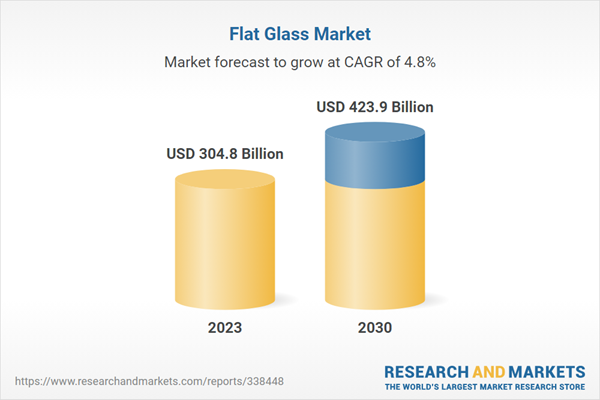

Understanding Bronze Tinted Low-E Glass A Modern Choice for Energy Efficiency and Aesthetic Appeal
In recent years, the architectural and construction industries have seen a significant shift towards energy-efficient building materials. Among these innovative solutions, bronze tinted low-emissivity (Low-E) glass has emerged as a favored choice for architects and builders alike. Combining aesthetic value with practical benefits, this type of glass is revolutionizing the way we think about windows in both residential and commercial applications.
What is Low-E Glass?
Low-E glass is a type of energy-efficient glass that has been coated with a microscopically thin layer of metallic oxide. This coating reflects heat while allowing light to pass through, effectively reducing the amount of ultraviolet (UV) and infrared light that enters a building. As a result, Low-E glass plays a significant role in managing indoor temperatures, contributing to energy savings by minimizing the need for heating and cooling systems.
The Benefits of Bronze Tinting
Bronze tinting adds another layer of functionality and aesthetic appeal to Low-E glass. This tinting not only offers a sophisticated and modern look, but it also serves several practical purposes
1. Heat Reduction The bronze tint absorbs a significant amount of solar heat, making it particularly effective in warm climates where glare and heat can cause discomfort. By filtering excessive sunlight, bronze tinted Low-E glass helps maintain a comfortable indoor environment, particularly in spaces with large windows.
2. Energy Efficiency By combining the properties of Low-E coatings with the solar control benefits of bronze tinting, this glass type drastically reduces the energy consumed by air conditioning systems. This translates into lower energy bills and a reduced carbon footprint, aligning with the growing emphasis on sustainability in construction.

3. UV Protection The ultraviolet rays in sunlight can cause fading in furniture, carpets, and artworks. Bronze tinted Low-E glass minimizes UV radiation penetration, protecting interior furnishings and preserving their colors and integrity over time.
4. Enhanced Privacy The bronze tint offers a level of privacy, making it more difficult for people outside to see into a building. This feature is particularly appealing for residential properties or offices situated in busy urban areas.
5. Aesthetic Versatility The warm, inviting tone of bronze can enhance the architectural aesthetics of various building styles. Whether used in modern skyscrapers or traditional homes, bronze tinted Low-E glass can contribute to a sleek and polished look. It pairs well with different materials like brick, wood, and metal, making it a flexible design choice.
Applications of Bronze Tinted Low-E Glass
Bronze tinted Low-E glass is used in a multitude of applications. In residential construction, homeowners appreciate its ability to create visually appealing interiors while contributing to energy efficiency. In commercial buildings, this glass type is favored for office spaces, hospitals, and schools, where reducing glare and controlling temperature are crucial for productivity and comfort.
Furthermore, in the realm of decorative architecture, bronze tinted Low-E glass is often utilized in curtain wall systems and large glass facades, where its visually striking appearance can enhance the overall architectural statement of a building.
Conclusion
As society continues to prioritize sustainability and energy efficiency, bronze tinted Low-E glass stands out as an optimal choice that meets these demands while providing aesthetic benefits. Its ability to control heat gain, reduce energy consumption, and enhance privacy makes it increasingly popular among builders and architects. By choosing bronze tinted Low-E glass, you are not just investing in a window feature; you are making a commitment to a more sustainable future, where design and functionality coexist harmoniously. Embracing this innovative glass solution is an essential step toward creating energy-efficient and visually appealing spaces that impact positively both the environment and occupants alike.